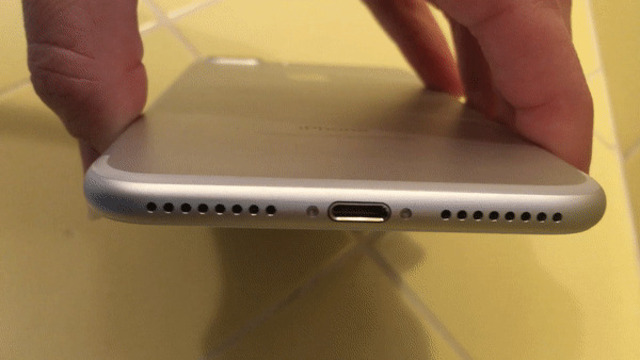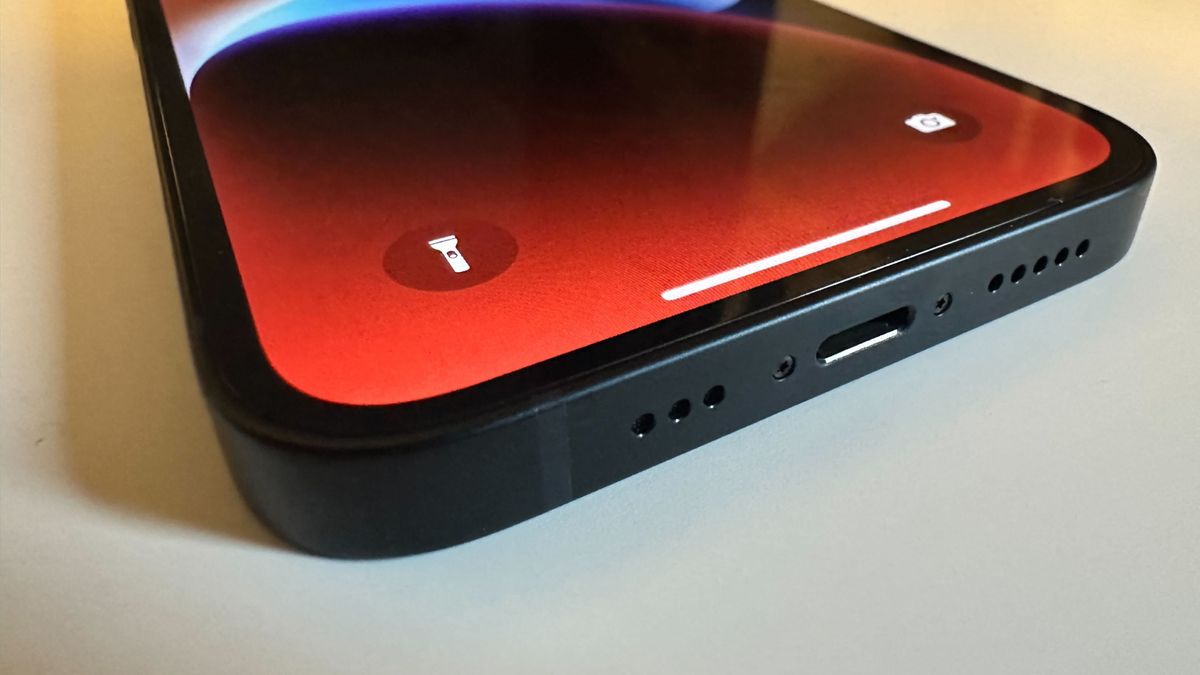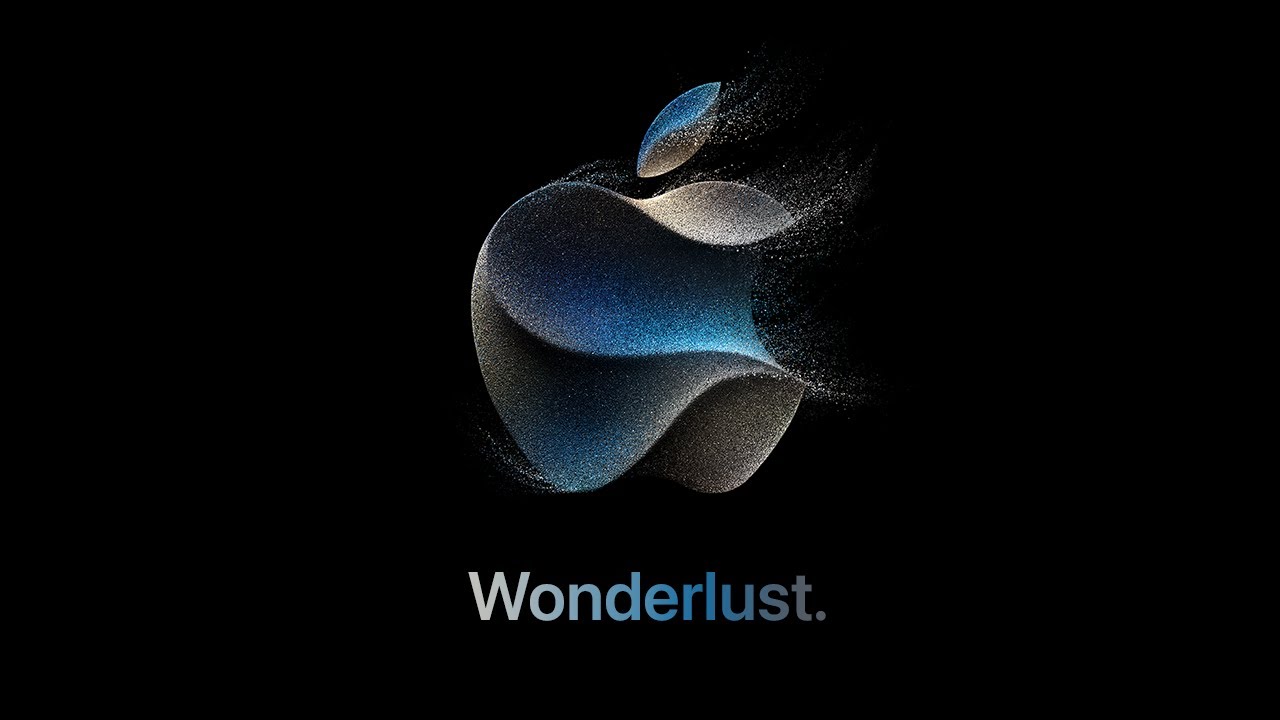If you are used to popping your iPhone 14 in your pocket, it will pick up all the dirt, fluff, and dead skin waiting in there. As well as being generally unsanitary after a while, this stuff can get stuck in the port, causing charging difficulties. You may notice you need to angle your device to get it charged or it may not transfer data at all.
If you have spotted some problems with your device, this will go over exactly how to clean your iPhone charging port, alongside some extra tips and what you should prepare in advance. Naturally, this comes with some risks so make sure you are careful. It is worth the effort to regularly your charging port but it may take time to do well.
iPhone charging port cleaning don’ts
Firstly, here are some things not to do as per Apple’s guidelines on cleaning your iPhone.
Don’t:
- Use any moisture to clean your iPhone – getting water into the openings on your iPhone, even Apple’s best iPhones which are waterproof, is never advisable. Deliberately putting water in its charging ports to clean it out will mean water is likely to mix with whatever dirt and grime is in your port to form some sort of primordial soup that is much harder to remove
- Submerge your iPhone in any cleaning agents – for the same reasons as above, submerging your iPhone in cleaning agents is a bad idea, and some such as those containing bleach or hydrogen peroxide can damage your iPhone
- Clean your iPhone while it’s on – while a mishap here is unlikely, Apple recommends unplugging all cables and switching off your iPhone before doing any cleaning
On to the how-to and some do’s. You’ll probably want to take a look inside your charging port with a flashlight or torch to see if you can spot what’s going on inside. This may be enough to reveal any offending debris that needs to be tackled.
How to clean your iPhone charging port
You need a fine but fairly blunt instrument to get in and try and agitate the debris, probably nothing metal or sharp, so a toothpick or paperclip might be ideal. While Apple does warn against using compressed air to clean an iPhone, this shouldn’t cause any problems if used sparingly and can be a handy tool to complement your blunt-ish instrument. Otherwise, all you need is patience.

- Check your iPhone’s charging port using a flashlight – see if you can spot any specific pockets of dirt or debris you need to tackle.
- Start with your toothpick or paperclip – if your charging port has been clogged up for some time you will probably need to loosen things up to begin with.
- Side-to-side, not front-to-back – try and start at the edge of your charging port and work horizontally from left to right, if you just stick your toothpick in you might end up pushing dirt and debris deeper into the charging port, which you don’t want to do.
- Don’t put any pressure on the edges as you could risk damaging the contacts for the Lightning connector inside the port.
- Try to get your toothpick all the way in before moving left and right in a sort of “flicking” motion that will draw dirt out.
- This may be enough to clear whatever is blocking your charging port, but if not, a quick blast of compressed air may do the trick. But again aim for the edges rather than the center of the port.
- If there’s particularly stubborn dirt, it might be worth alternating between these until you see results.
If for whatever reason you still can’t dislodge the dirt and debris, or you’ve cleared out the port and are still having problems with your charging and data, then I’m afraid it’s time to head on down to your local Apple store or authorized repair center, where more specialized tools can be found.
In most cases though, the general build-up of dust, fabric debris, and pocket gunk can be the root of what’s clogging up a faulty charging port. A little patience and some simple, gentle poking should be enough to do the trick and get your iPhone back to full health.
One More Thing… A USB-C Future
Though the move to USB-C with the iPhone 15, iPhone 15 Pro, and iPhone 15 Pro Max means better compatibility across wires and the possibility for more efficient charging, one of the greater unintended consequences is a more regulated cleaning time. If you own multiple USB-C devices, you can learn which tools to pick up and how to angle the charging port to get the most leverage. This means that cleaning the charging port on your phone will be similar to cleaning it on any other USB-C device you own.
This also means that advice given to clean a USB-C charging port is universal. The USB-C port has a central prong in the middle, as opposed to many small prongs at the bottom. This means you need a slightly thinner cleaning device than usual but you can touch the walls of your charging port without worry. You have to pick up a specific cleaning tool but it will work regardless of which USB-C device you use it on. Like USB-C itself, it may be a little more expensive initially to make the swap but the efficiency is well worth the change.

